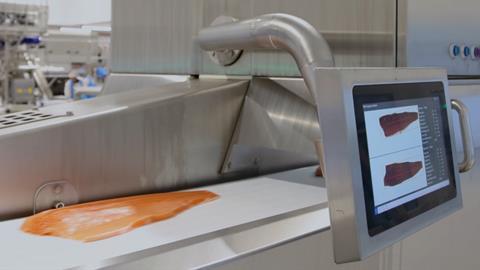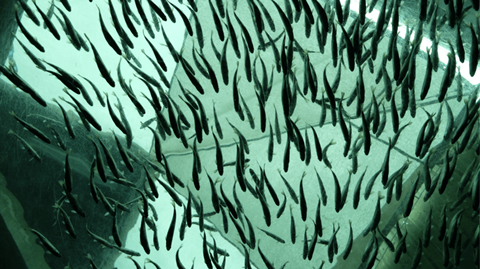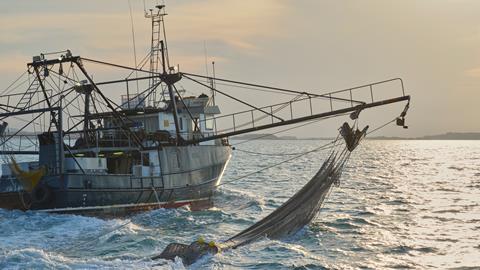- News
- Subscribe

Get full access to World Fishing & Aquaculture content
Including the digital magazine, full news archive, special reports, webinars and articles on innovations and current trends in the commercial fishing and aquaculture industries.
- Expert analysis and comment
- Unlimited access to in-depth articles and premium content
- Full access to all our online archive
Alternatively REGISTER for website access and sign up for email alerts
- Industry Database
- Events
Icelandic Fisheries Exhibition
Íslenska sjávarútvegssýningin
Fish Waste For Profit Conference



The largest commercial fishing exhibition in the North Stærsta kaupstefna um sjávarútveg á norðurslóðum Maximise return on investment from potentially discarded parts of the catch Visit the IceFish Website Visit the IceFish Website Visit the Fish Waste for Profit Website
- Special Reports
By-Product Solutions
Smart, Connected Seafood Processing
Land-Based Aquaculture Technology
Greener Fishing
January-February 2025 March-April 2025 July-August 2025 November-December 2025 



Cutting waste and maximising value Robotics, analytics software and other Industry 4.0 technologies are helping to scale-up productivity New production systems are escalating the industry’s contribution to global food security Fisheries are becoming increasingly responsible and sustainable thanks to new technologies and initiatives Read More Read More Read More Read More
Can aquaculture be sited sustainably at maritime ports?

Spatial planning is key to establishing shellfish and seaweed farms in ports and benefitting local communities and environments, says a new study
Over the years, there has been much focus on the coexistence of offshore renewable energy and aquaculture, two rapidly growing industries that share a common resource: the ocean. Bringing these two industries together has the potential to generate economic, environmental, and social benefits, while addressing multiple challenges from food scarcity to climate change.
The same could be said for aquaculture and maritime ports. As ocean-based industries continue to expand, careful spatial planning is important to reconcile existing ocean uses and manage environmental impacts effectively. In January 2024, a team of marine spatial planning researchers from the NOAA National Centers for Coastal Ocean Science (NCCOS) and the Port of San Diego released a study on spatial planning methods for aquaculture siting.
Continue this article…
Already subscribed? SIGN IN now

Register for a FREE one-month trial to continue this article
Want to read more before deciding on a subscription? It only takes a minute to sign up for a free account and you’ll get to enjoy:
- Weekly newsletters providing valuable news and information on the commercial fishing and aquaculture sector
- Full access to our news archive
- Live and archived webinars, podcasts and videos
- Articles on innovations and current trends in the commercial fishing industry
- Our extensive archive of data, research and intelligence
Get more free content sign up today
Ready to subscribe? Choose from one of our subscription packages for unlimited access!

